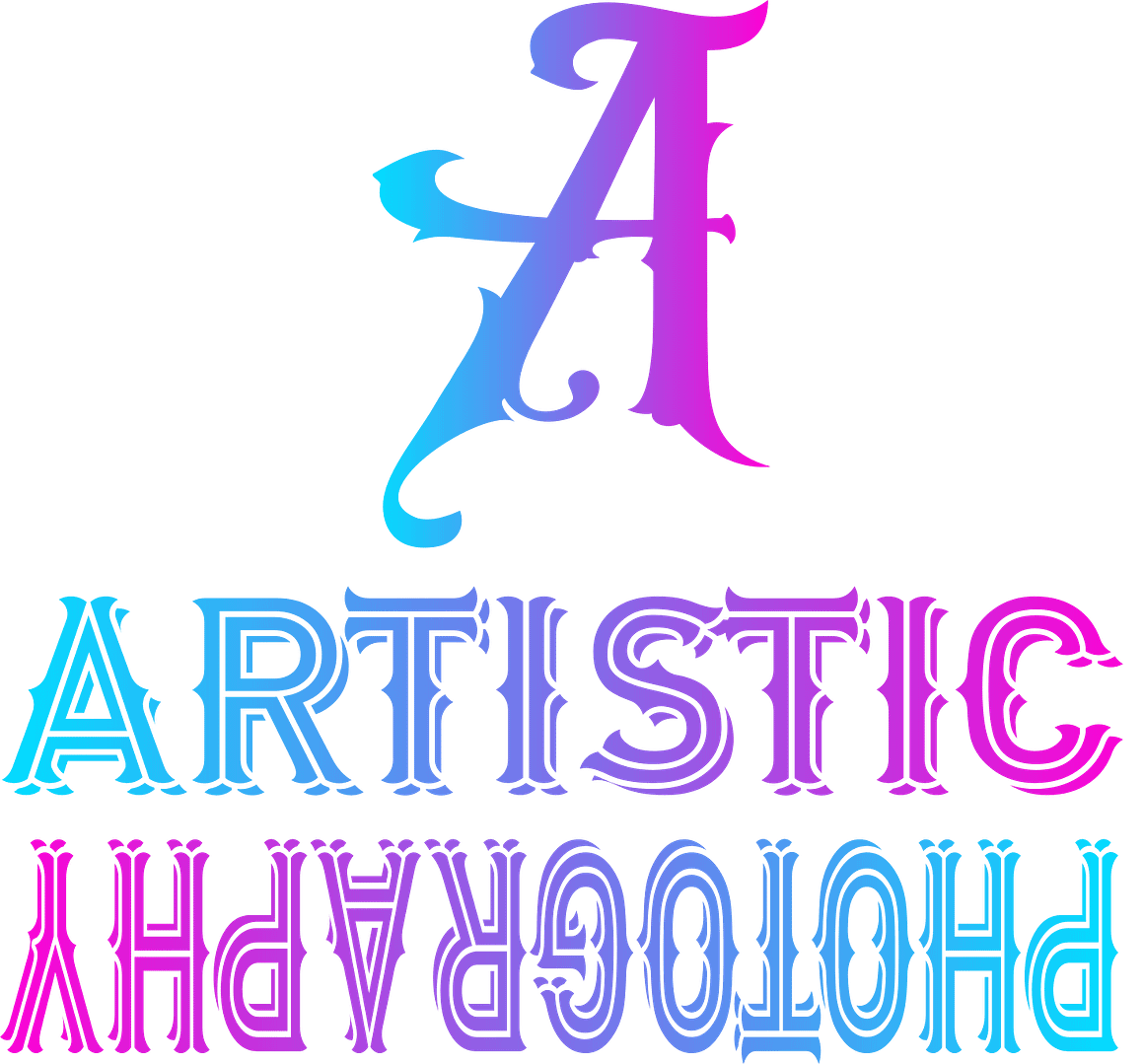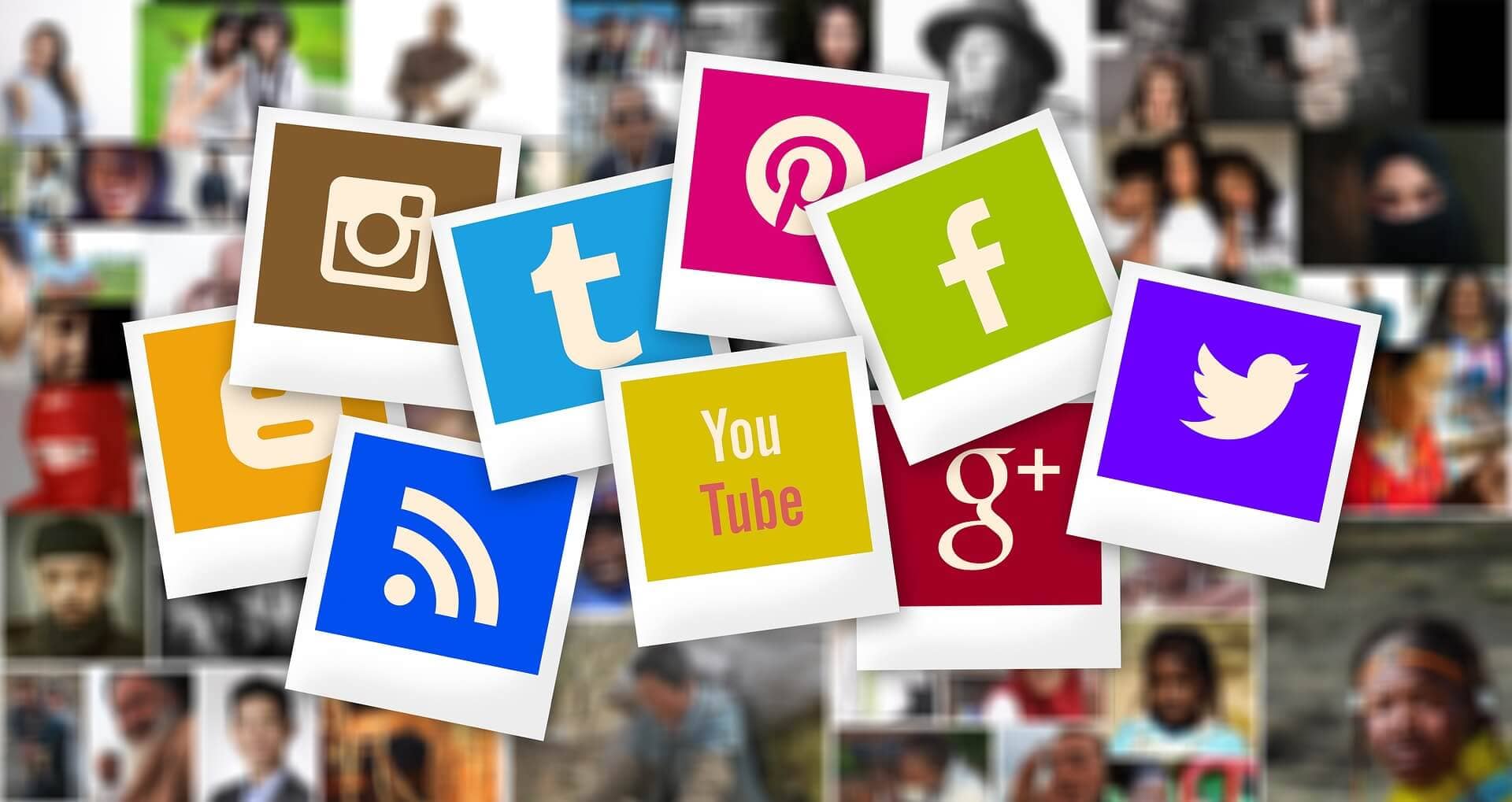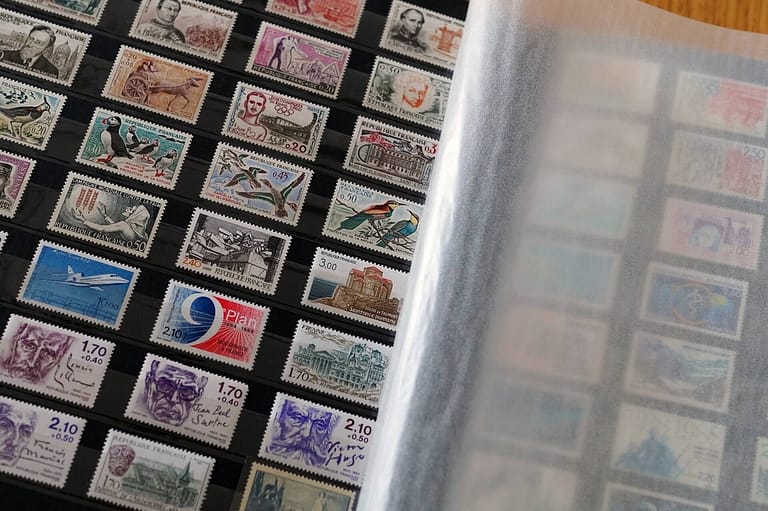The Impact of Social Media on Art
Social media platforms have revolutionized the way artists create, share, and engage with their work, significantly impacting the art world. This article explores the various ways in which social media has influenced art, from increased accessibility and exposure to collaboration and community building. It also examines the transformation of the art market and the democratization of critique and feedback. Furthermore, it investigates the artistic evolution and innovation that has been facilitated by social media. Finally, it concludes with a discussion on the potential future developments in the relationship between social media and art.
Increased Accessibility and Exposure
Social media platforms serve as powerful tools for artists to showcase their work to a global audience. Artists can easily create profiles, share their art, and reach a wider audience than ever before. In the past, artists largely relied on galleries or exhibitions to expose their work, which could be limited to a specific geographical location and audience. Social media breaks down these barriers by providing artists with a global platform to share their art instantly. This increased accessibility allows artists to gain exposure, resulting in new opportunities for recognition and success.
Moreover, social media has made art more accessible to a wider audience. In the past, art may have been perceived as elitist or exclusive, reserved for those who could afford to visit galleries or purchase artwork. However, through social media, anyone with an internet connection can discover, appreciate, and engage with art from all over the world. This has democratized art, allowing people from diverse backgrounds to participate in the art world.
One notable example of an artist gaining recognition through social media is Canadian artist, Alexandra Levasseur. Her unique artwork gained traction when she began sharing her pieces on platforms like Instagram. With the help of social media, she gained a large following and ultimately secured gallery representation. The accessibility and exposure provided by social media played a significant role in her success.
Collaboration and Community Building
Social media platforms also facilitate collaborations among artists. Artists can connect, share ideas, and collaborate on projects regardless of their physical location. This has led to the formation of online art communities, where artists can network and support one another virtually. These virtual communities not only foster collaboration but also provide a sense of belonging and support in a traditionally solitary profession.
Additionally, social media has given rise to the concept of the virtual gallery. Artists can curate their own online exhibitions, showcasing their work to a global audience without the need for a physical gallery space. This new platform allows artists to have complete control over their artistic representation, creating immersive and interactive experiences for their audience.
An example of collaboration and community building through social media is the "She Inspires Art" movement. Artists from around the world joined forces on Instagram to create and share artwork honoring inspirational women. Through this virtual collaboration, artists were able to connect, share their stories, and create a collective body of work that celebrated women’s achievements.
Transformation of the Art Market
Social media has drastically impacted the art market, challenging traditional gallery systems and introducing new avenues for sales and marketing. With social media, artists can now directly sell their artwork, bypassing the need for galleries and intermediaries. This allows artists to maintain complete control over their art and the pricing of their work.
Furthermore, social media has facilitated a more inclusive and diverse art market. Artists who might have been overlooked by traditional art institutions due to their race, gender, or background now have the opportunity to gain recognition and sell their art directly to a global audience.
A notable example of an artist who successfully monetized her art through social media is painter and illustrator Malika Favre. By sharing her vibrant and bold designs on Instagram, she attracted the attention of global brands who commissioned her for various projects. Through social media, she not only gained recognition but also secured commercial success.
Democratization of Critique and Feedback
Social media plays a crucial role in providing instant and widespread feedback on art. Artists no longer have to wait for art critics or experts to assess and critique their work. Through social media platforms, artists can receive feedback directly from their audience, allowing for a more democratic critique process.
This democratization of criticism has also changed the dynamics of art criticism. Traditional gatekeepers no longer have control over determining what is considered good or valuable art. Social media allows for a diverse range of opinions and perspectives to contribute to the conversation, challenging established norms and hierarchies in the art world.
However, controversies and debates surrounding art and social media platforms also arise. Issues such as censorship, plagiarism, and copyright infringement have been topics of concern. The open and accessible nature of social media can sometimes result in the infringement of an artist’s rights or the misrepresentation of their work. These challenges highlight the need for artists to navigate social media platforms with caution and awareness.
Artistic Evolution and Innovation
Social media has spurred the exploration of new mediums and art forms specifically created for these platforms. Artists have embraced digital artwork, augmented reality, and even immersive experiences to engage with their audiences. This experimentation has led to the evolution of art, with artists pushing boundaries and exploring new possibilities.
Additionally, social media influences artistic trends and styles. Artists can easily discover and be inspired by a vast array of art from across the globe. This exposure to diverse styles and techniques fuels artistic innovation and encourages artists to push their creative boundaries further.
Looking ahead, the future implications of social media on the evolution of art are exciting. As technology continues to advance, virtual reality, artificial intelligence, and other emerging technologies will likely shape new artistic expressions and experiences. The relationship between social media and art is evolving, and it will be intriguing to witness the ways in which art continues to adapt and evolve in the digital age.
In conclusion, social media has had a profound impact on the art world. It has increased accessibility and exposure for artists, facilitated collaboration and community building, transformed the art market, democratized critique and feedback, and encouraged artistic evolution and innovation. As social media continues to evolve, the relationship between art and these platforms will undoubtedly continue to shape the way art is created, consumed, and appreciated.







